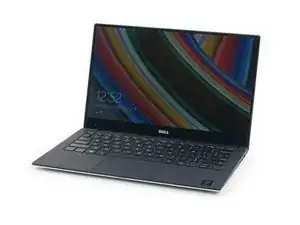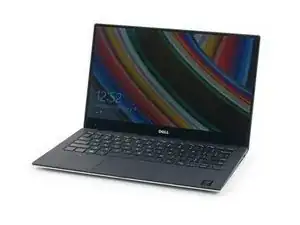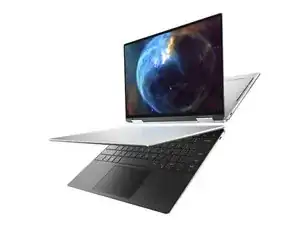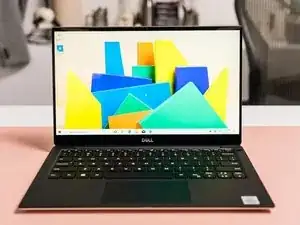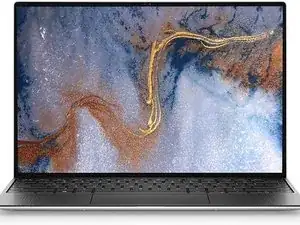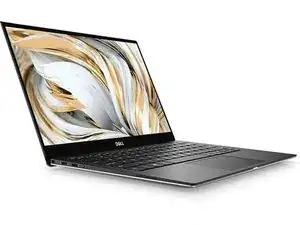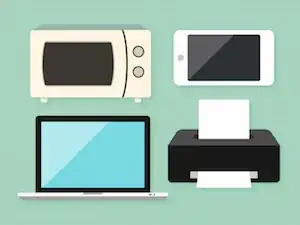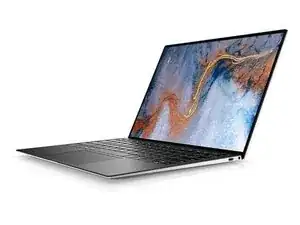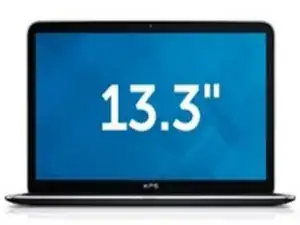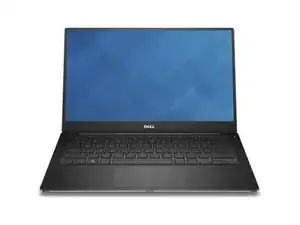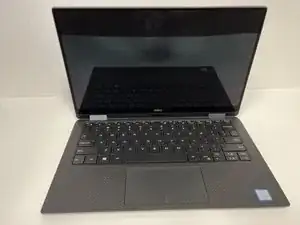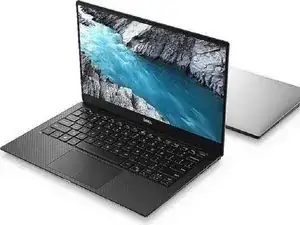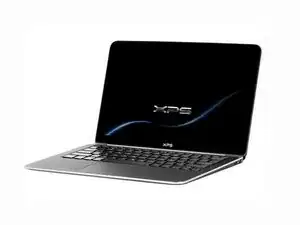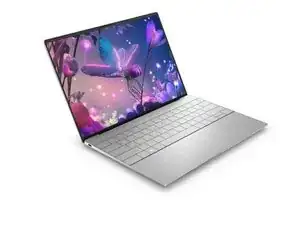Background and Identification
Produced by Dell, the first XPS 13 was revealed at the Consumer Electronics Show (CES) in 2012, as the company’s first Ultrabook. Trademarked by Intel, Ultrabooks refer to high end notebooks that are lightweight, without compromising battery life. The XPS 13 has a 13.3” screen with Corning Gorilla Glass.
Unique features of the XPS 13 during its release included rounded edges of the screen , thin bezels, powerful Intel Sandy Bridge CPUs, high-resolution screens, a bottom made of carbon fibre with a gentle silicone surface treatment, and amazing portability. The first XPS had an Intel Chipset of the 2nd Generation I series, which has been updated as newer versions of the XPS 13 were released (XPS 13 is still in production).
Over time, the XPS 13 has had several improvements in processors, battery life, RAM, and design. In 2014, the XPS 13 featured a touchscreen, which has continued to be a feature of the newer XPS 13s. Although the XPS 13 set precedent for its premium features and design, it initially lacked in display quality compared to the Macbook Air. Accordingly, Dell has made several improvements to its display quality, including the introduction of the InfinityEdge display in 2015. Then in late 2019, a 2-in-1 version of the XPS 13 was released, meaning that the laptop could also be used as a tablet. Many consumers have labeled the XPS 13 as having the best thickness:weight ratio for a Windows laptop.
